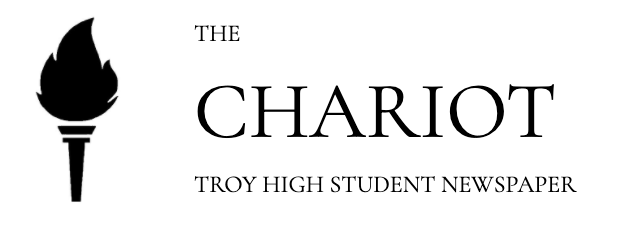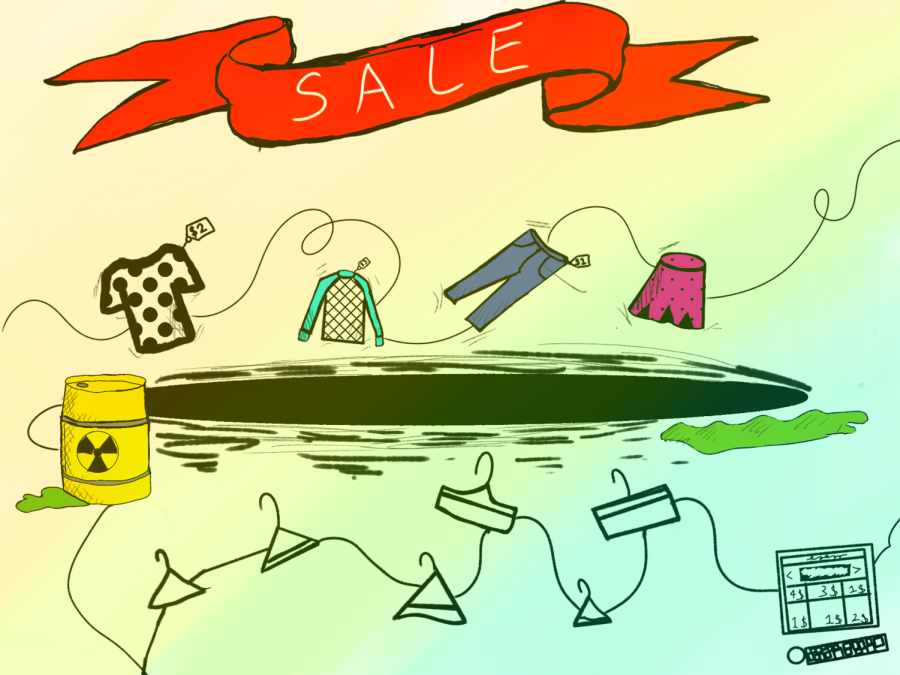Fashion Faux Pas
How our clothing consumption affects young viewers and the environment around us.
Many fast fashion companies such as Zara and Shein have taken off in the past couple years. New styles and fashion choices as well as ads appearing on TikTok or Pinterest have taken the internet by storm. These fashion trends require a lot of accessories and sometimes even multiple layers of clothing that may cost quite a bit of money, so consumers have sought out low-cost alternatives from fast fashion companies. The companies use very cheap fabric, which makes the clothes easily affordable to the teens and young adults they advertise to.
Senior Vidhi Kamat expresses her thoughts on fast fashion companies:
“Recently, I’ve been hearing a lot about the Shein controversy and how they’ve been using children for child labor, and as much as I don’t know if it’s completely true or not but if it is, then that obviously scares me that a lot of people use that website. If people are overlooking such a serious thing then it’s going to keep hurting everyone involved.”
In an interview with Hazards magazine, research organization Public Eye shared that there were no emergency exits in the workshops, which would pose a risk in the event of a fire. Hazards magazine continues: “The garment workers revealed that they clocked in for three shifts per day, often with only one day off per month. This violates local labor laws, which set out a maximum working day of eight hours and a maximum forty hour working week.”
In these workshops, known as sweatshops, employees work for long hours under poor working conditions for low wages. Workers, as well as the environments surrounding these factories, are constantly exposed to toxic chemicals involved with the mass production of fast fashion products. This is just one of the points on the list of worries people have about this textile system.
Concerns have popped up online amongst multiple age groups that question whether or not these trends are even positive for the target audience. Fast fashion companies tend to not have sizes that accommodate everyone, most of the clothes being in the smaller size range.
Young teens engulfed in these trends online have expressed that they struggle with body image issues or feel left out for not having popular clothes.
Kamat gives her opinion on clothing lines from a variety of these companies.
“It is a lot of small clothing made for more people who are petite-sized. I feel like in terms of self-confidence levels it’s hurting a lot of people’s self-confidence on both sides. I feel like in a way you can appreciate the clothes but in a way it’s also hurting confidence.”
Influencers are also contributing to this kind of media fashion. Creators style clothes with fast fashion products and advertise them on TikTok or Instagram directly to the age audience that these companies want. The creators have millions of people following them, the majority being teenagers.
Lloyd shares her thoughts on online influences: “I definitely think people shouldn’t promote what they don’t believe in because I know a lot of people do that. I think a lot of it is just for money, when it should really be about people.”
Fast fashion companies have had controversy in the past couple years. People are specifically bringing attention to sweatshops that are causing environmental problems and how these issues are still going on behind the scenes of big billionaire companies.
Your donation will support the student journalists of Troy High School - MI. Your contribution will allow us to print our work, purchase equipment and cover our annual website hosting costs.


